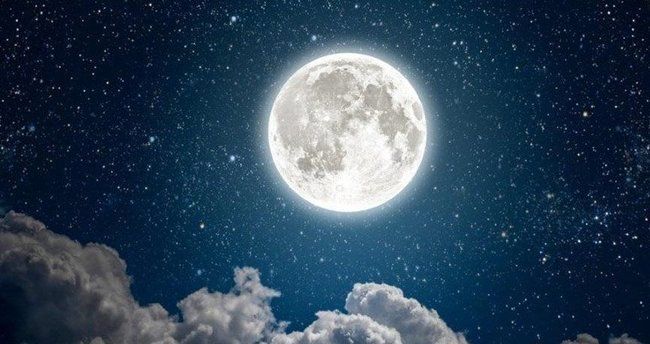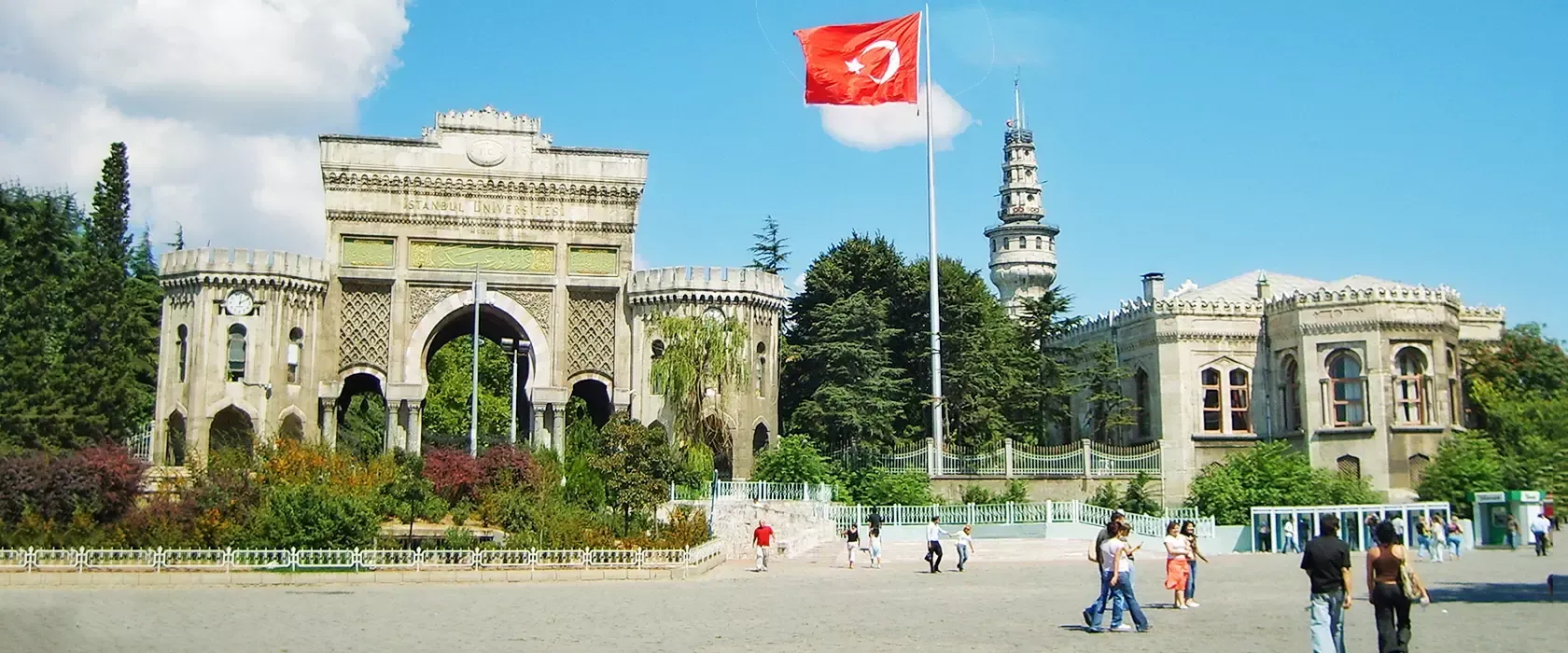When Is the Longest Night (Winter Solstice)?
When Is the Longest Night (Winter Solstice)?

One of the two annual solstice events occurs every year, one in December and the other in June. The December solstice date signifies the time when the shortest day of the year is experienced north of the equator and the longest day is experienced south of it. The winter solstice, also known as December 21st, is the time when the Northern Hemisphere experiences its darkest days. North of the Arctic Circle at 66.5 degrees north latitude, the sun doesn't rise at all. Except for a few hours of twilight, the entire day is enveloped in darkness (1). On this longest night and shortest day of the year, those living in the north are illuminated by approximately eight hours of daylight.
Throughout history, there is evidence that solstice observations were made in different settlements around the world. Among the evidence showing that people were aware of the solstices in ancient times are monuments like Stonehenge in England and the Torreon in Machu Picchu, Peru (2). The winter solstice, which hosts the longest night, has been the subject of various beliefs, traditions, and celebrations throughout human history. Before delving into the ongoing modern celebrations, it's worth taking a closer look at what the winter solstice signifies.
While the winter solstice marks the shortest day of the year in the Northern Hemisphere, it is not the date of the earliest sunrise or the latest sunset. This difference in alignment occurs for two reasons. First, the Earth is tilted on its axis. Second, our orbit around the Sun is not a perfect circle but an ellipse. These two factors together result in our 24-hour time measurement system not being synchronized with the solar day. A solar day represents the time it takes for the Sun to reach its highest point in the sky from one day to the next. While humans measure days in 24-hour segments, a solar day is not precisely 24 hours (6).
Around the winter solstice on December 21st, each solar day is about 24 hours and 30 seconds long. This means that the Sun takes slightly more than 24 hours to appear in the same position in the sky from one day to the next. Even as the days continue to shorten until December 21st, both sunrise and sunset times gradually shift to later times each day.
The exact dates of the earliest sunset and latest sunrise vary depending on one's latitude. In places near the Arctic Circle, the earliest sunset and latest sunrise occur around the time of the winter solstice or shortly thereafter. While evenings start to gain a few minutes of daylight after December 21st, mornings continue to be darker for another couple of weeks.
Sources:
https://www.timeanddate.com (6)
More:




